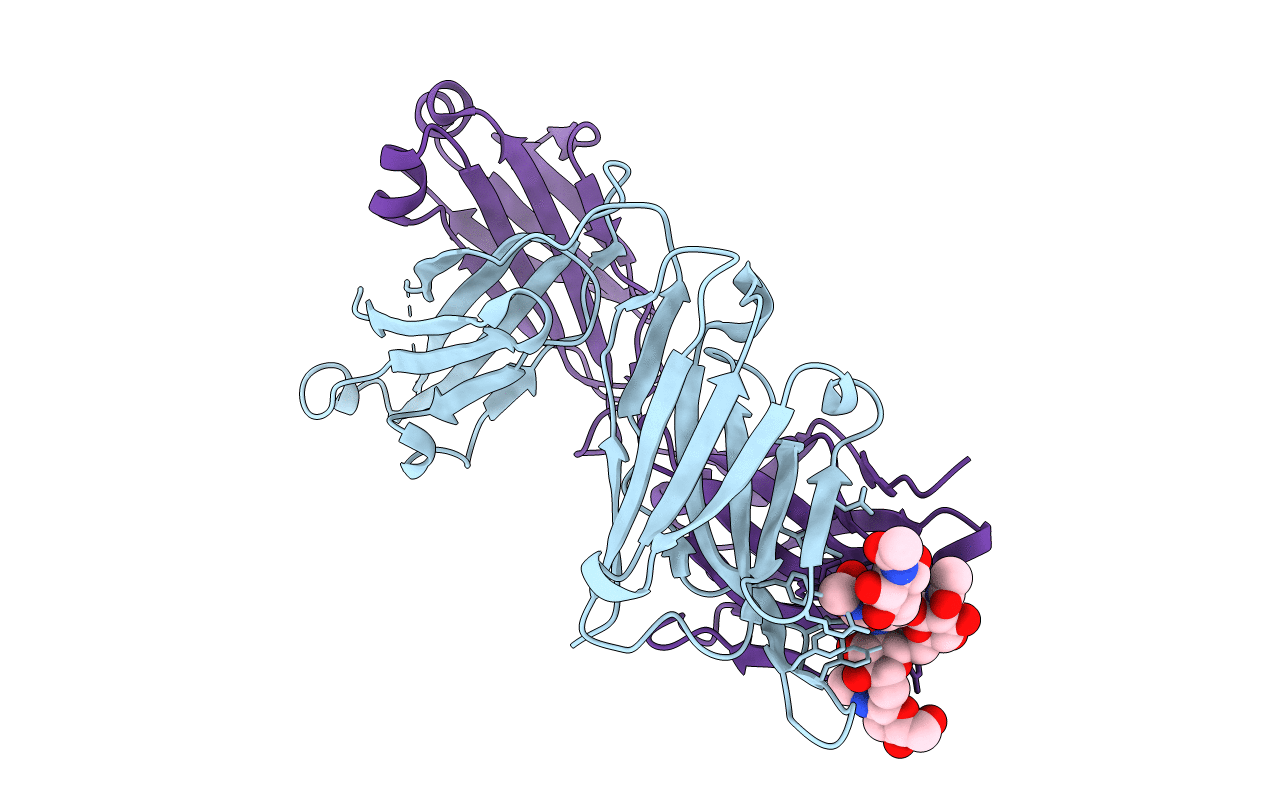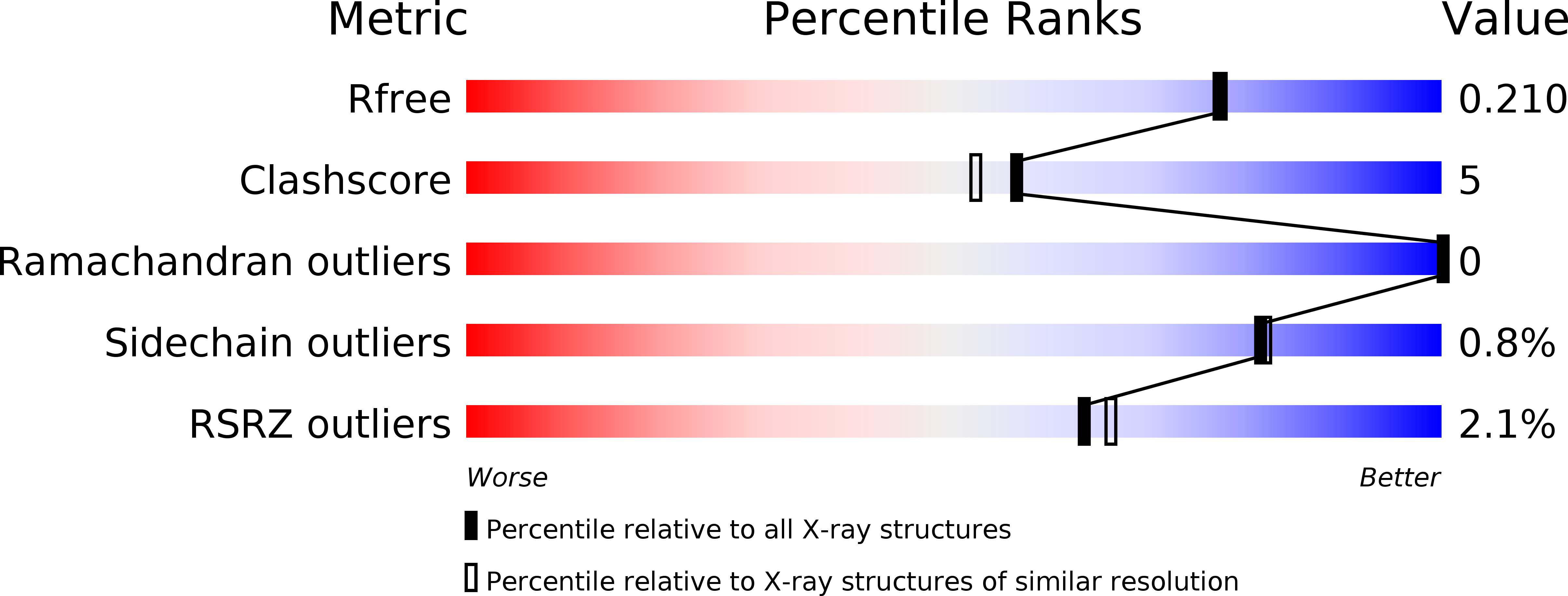
Deposition Date
2017-10-24
Release Date
2018-02-21
Last Version Date
2024-11-20
Entry Detail
PDB ID:
6BE4
Keywords:
Title:
Crystal structure of a polysaccharide-binding human Fab (F598) in complex with nona-N-acetyl-D-glucosamine (9NAc)
Biological Source:
Source Organism:
Homo sapiens (Taxon ID: 9606)
Host Organism:
Method Details:
Experimental Method:
Resolution:
1.90 Å
R-Value Free:
0.21
R-Value Work:
0.16
R-Value Observed:
0.16
Space Group:
P 1 2 1


